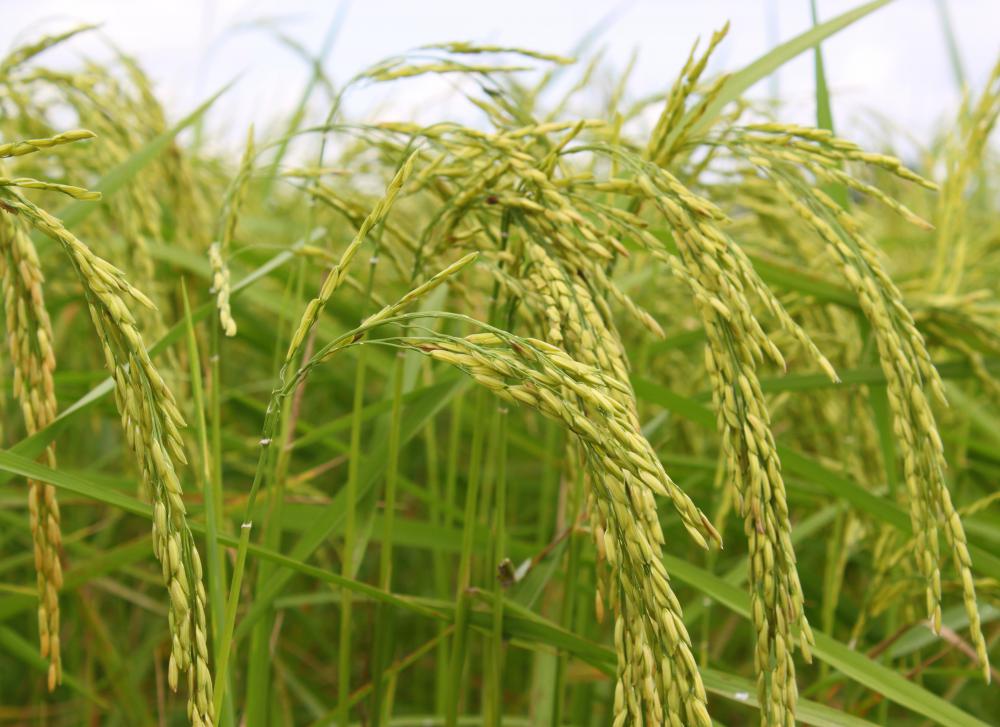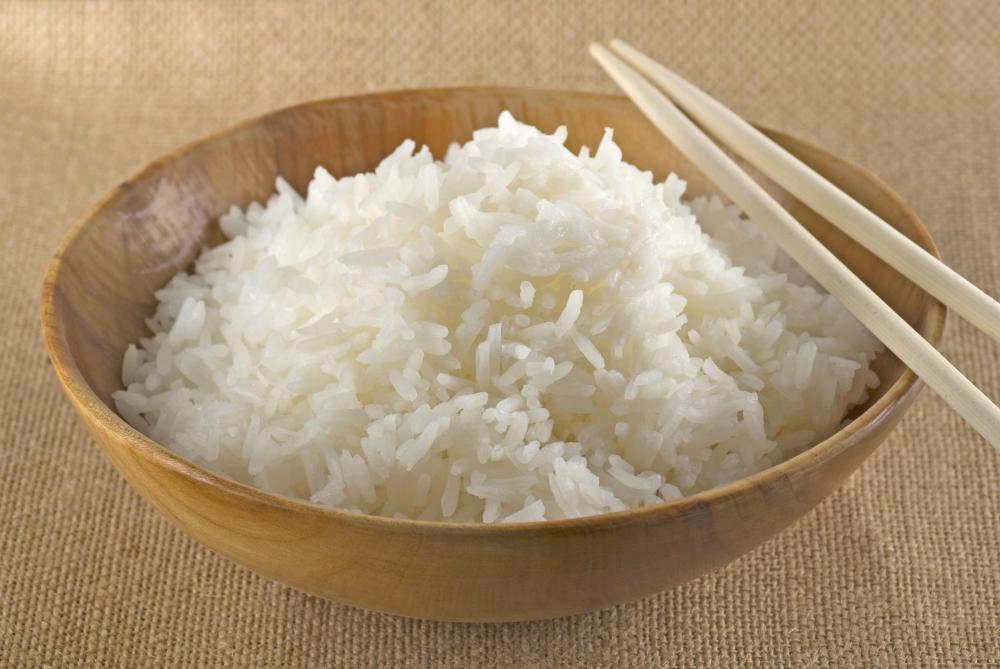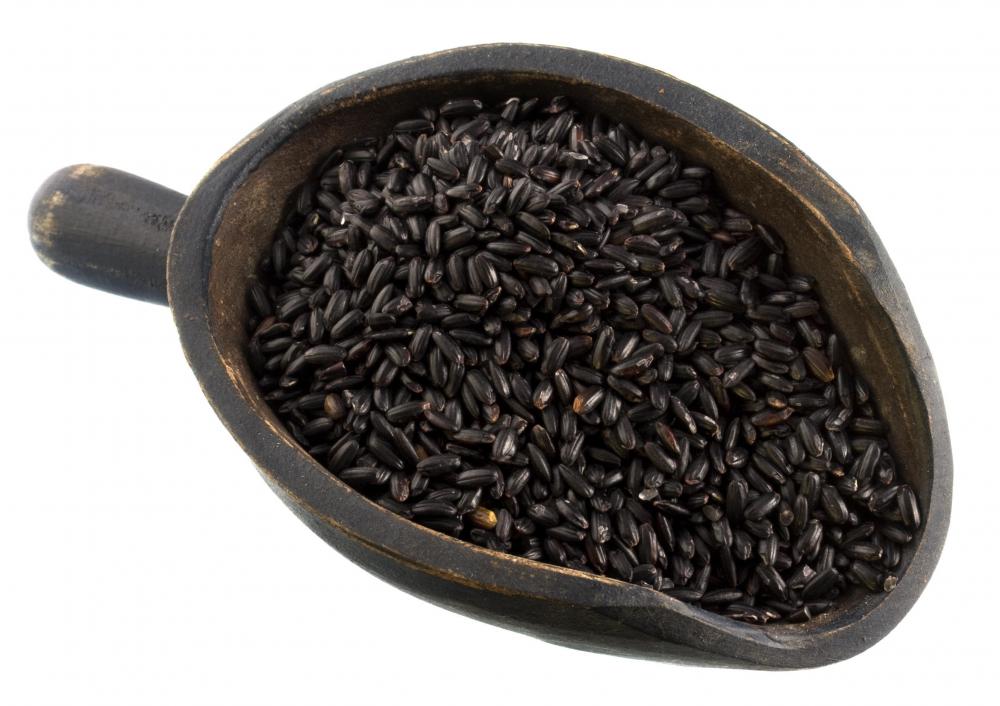At TheHealthBoard, we're committed to delivering accurate, trustworthy information. Our expert-authored content is rigorously fact-checked and sourced from credible authorities. Discover how we uphold the highest standards in providing you with reliable knowledge.
What is the Nutritional Value of Rice?
The nutritional value of rice can vary, depending on variety. White rice is usually considered to have a significantly reduced nutritional value, because the process of polishing the rice removes most of its nutrients and fatty acids. Even when white rice is enriched with vitamins B1 and B3 and iron, it still has lost much of its nutritional value. Rice is, however, considered an important world crop, since it is a staple food for about half of the world's people. Brown rice is considered far more nutritious than white rice, since it usually undergoes far less processing, and is generally allowed to retain most of its nutrition.
While both brown and white rice contain about 170 calories per serving of 0.25 cups (0.06 liters), the nutritional value of rice of each type can be significantly different. Brown rice is generally considered a good dietary source of vitamins B1, B6, and B3, as well as phosphorous, manganese, dietary fiber, iron, and essential fatty acids. Brown rice is also considered a good source of tryptophan, selenium, and magnesium. The nutritional value of rice that has not been polished during processing makes it a good source of fatty acids, dietary fiber, and complete protein.

White rice loses many of these vitamins and minerals in processing. The hulling and polishing of white rice can reduce its vitamin B1 content by up to 80 percent, its B6 content by up to 90 percent, and its B3 content by more than 60 percent. White rice also typically loses about 60 percent of its iron content, along with all of its fatty acids and dietary fiber, in processing. Vitamins and minerals are often added to white rice after processing, but this process of enrichment does not generally replace most of the nutrients lost from the rice during processing.

White and brown rice alike are considered very low in fat, cholesterol, and salt. The nutritional value of rice of both types may rest on the large amounts of complex carbohydrates they provide. Rice's nutritional value as a source of carbohydrates has made it a dietary staple for much of the global populous. A diet based on whole grains like rice is said to help maintain healthy body weight, support cardiovascular health, lower cholesterol, and prevent type 2 diabetes.
AS FEATURED ON:
AS FEATURED ON:
















Discussion Comments
@Pippinwhite -- I'm glad you brought that up about white rice and your blood sugar. Some doctors don't tell their diabetic patients about this kind of thing. They're still going on the old recommendations from the 1970s that basically held that diabetics needed to eat carbs to stabilize their sugar. Don't know how that got around, but it was a load of garbage.
Like you, I love rice, but I don't eat it. I did run across an interesting recipe for something called cauliflower "rice" that sounded interesting. I'll have to try it and will post here with the results.
Rice is wonderful, but people who are already Type 2 diabetic don't need to eat much of it. It can do bad things for your blood sugar. It does for mine, anyway. I can eat brown rice in small amounts, but I have to be extra careful about white rice. I love it, but it's just not good for my blood sugar.
I could sit down with a bowl of white rice and a bottle of low-sodium soy sauce and have supper, but my blood sugar just won't have it. It will run my sugar into orbit every single time.
Post your comments